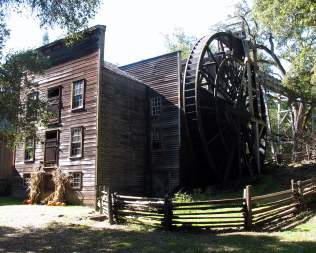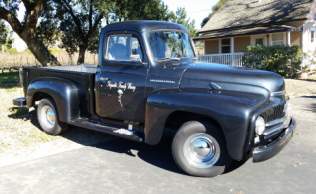The planting of vineyards appeared in California as early as the 1700’s. California Missions had always grown grapes but the Missionaries grew field blends (mixture of different grape vines) and it wasn’t until later that true varietal vineyards appeared. With the infrastructure provided by the missions, the interest in growing grapes and wine-making by the local farmers, it soon become a major crop in the area. The vineyards appeared in the Napa Valley with great celebration. Although it was not a huge money crop, it added a cultural interest for the area. European influences came into California, mainly in southern California. These vineyards flourished and it wasn’t long before wine grapes found their way to Napa Valley.


